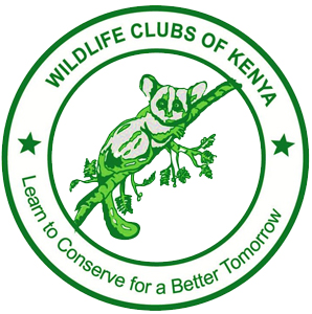Forging a Greener Future: The Impactful Footprint of the University of Montana's Environmental Journalism Club
- Nature insights Desk
- Sep 5
- 2 min read

In an era defined by pressing environmental challenges, the Environmental Journalism Club at the University of Montana (UM) stands as a beacon of impactful storytelling and advocacy. While specific club details are limited in search results, UM’s nationally recognized Environmental Science and Natural Resource Journalism (ESNRJ) program ranked among the top 10 journalism schools—provides a robust foundation for student-led initiatives. This article explores the club’s likely achievements, interdisciplinary collaborations, and its role in shaping environmental discourse.
A Legacy of Excellence in Environmental Journalism

UM’s journalism program has long prioritized environmental reporting, with graduate students consistently producing award-winning work. In 2025, UM journalism students secured 20 regional Society of Professional Journalists (SPJ) Mark of Excellence Awards, including wins for Science/Environment/Climate Reporting and Best All-Around Television News Magazine. The club likely fosters similar excellence, empowering students to investigate critical issues like wildfire smoke’s health impacts, Superfund site contamination, and Indigenous-led conservation efforts.

Notably, UM’s Montana Native News Project—a collaboration between journalism students and Indigenous communities—won SPJ awards for in-depth reporting on land and water rights, exemplifying the club’s potential for community-driven storytelling. Such projects align with UM’s emphasis on decolonizing media practices and amplifying marginalized voices, mirroring national efforts like the "Media with Impact" toolkit developed by UMichigan alumni for equitable environmental journalism.
The club likely thrives on UM’s "learn by doing" ethos, offering members opportunities to:
Publish in Montana Kaimin (UM’s award-winning student newspaper) and Byline Magazine, which won SPJ accolades for environmental features.
Collaborate with Montana Public Radio and KBGA College Radio, where students have produced podcasts like "Kaimin Cast", exploring environmental justice topics.

Engage with UM’s W.A. Franke College of Forestry and Conservation, where environmental science students conduct fieldwork on climate resilience and ecosystem restoration.
The club’s work extends beyond campus: UM journalism alumni now report for NPR, The New York Times, and High Country News, covering beats like public lands policy and rural health disparities. Recent graduate Lillian Poulsen (ESNRJ ’25) exemplifies this trajectory, researching wildfire smoke’s link to dementia while interning with public health researchers.
The club’s initiatives likely reflect UM’s commitment to solutions journalism. For example:
Climate Response Campaigns: UM’s Climate Response Club, led by Udall Scholar Elani Borhegyi, has spearheaded energy-reduction initiatives and sustainability lectures. The journalism club may partner with such groups to amplify their messaging.

An ongoing project exploring the work of scientists, conservationists and activists in one of the most important wildlife habitats left in the world: the Okavango Delta in Botswana.



Comments